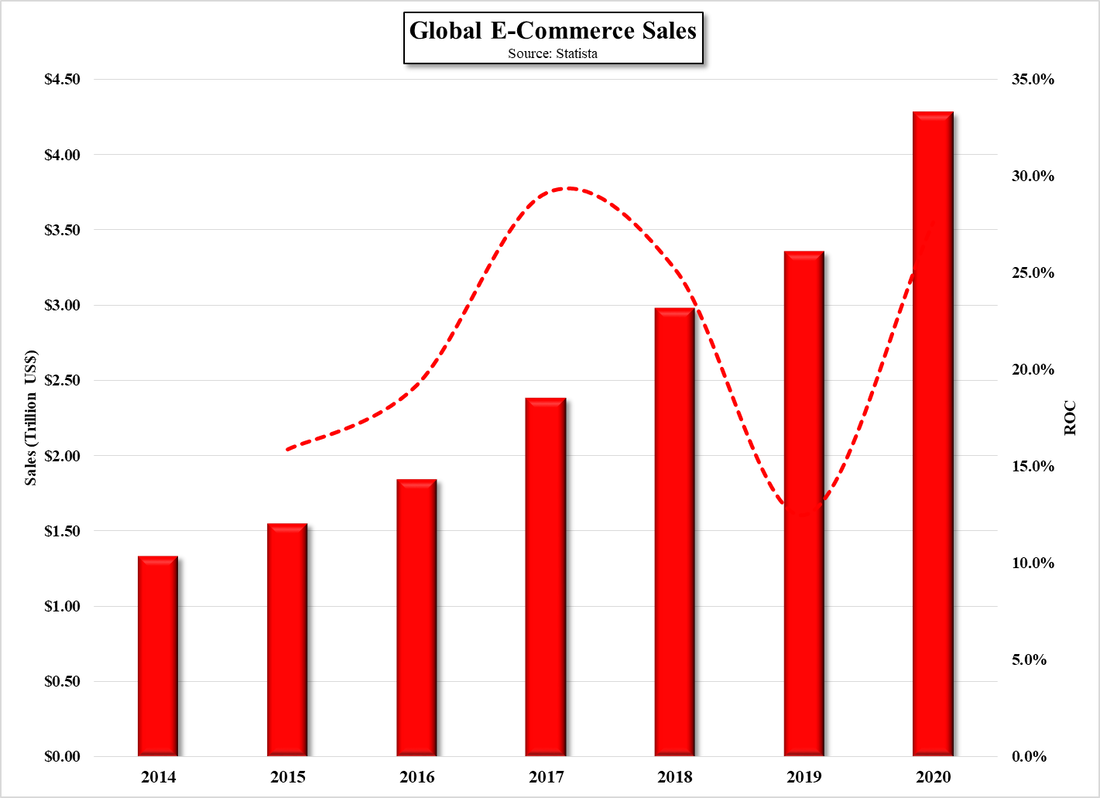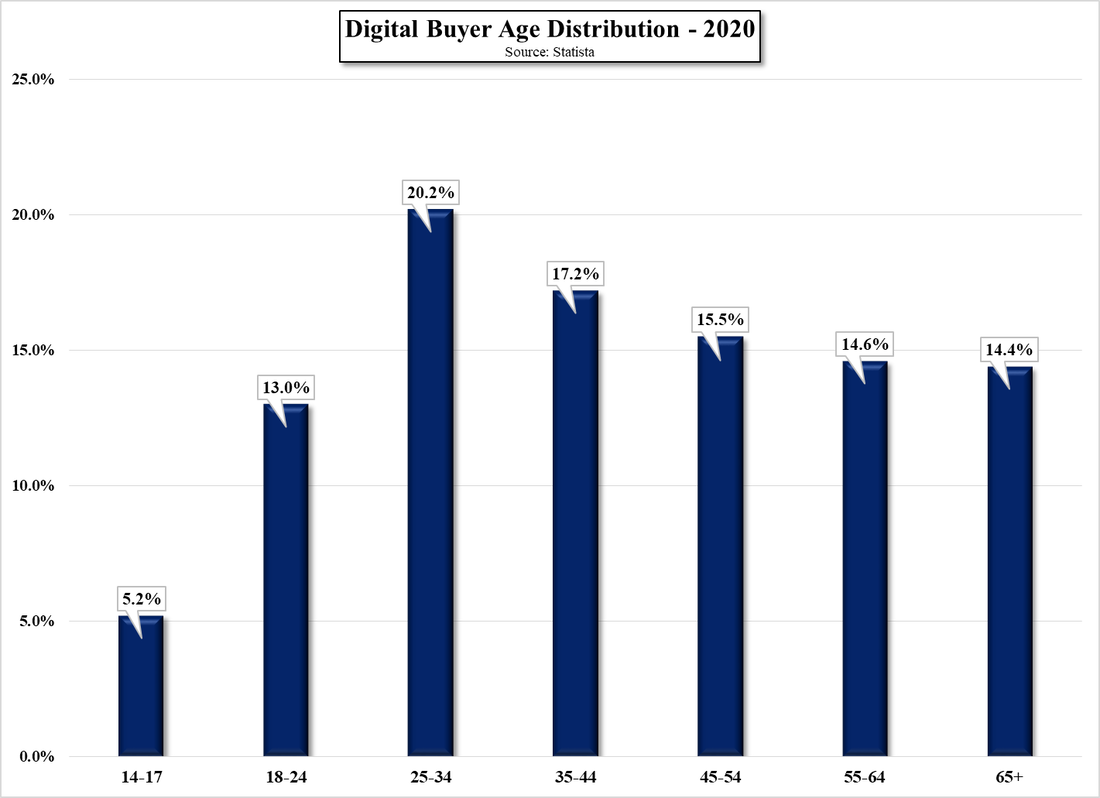Getting Close on a 97” OLED TV?
Under the assumption that the 97” 4K OLED sets will be released in LG’s home country of South Korea first, the price of these sets, which are ~4’ x 7’ is expected to be between $23,300 and $25,500, which will likely keep them out of the hands of the average consumer, but they will show up at exhibitions, promotional tours, and major events, although the idea that they will be released in time for the FIFA World Cup in Qatar later this year, with elimination rounds already underway. Samsung has a 98” QD/Mini-LED TV but it has been rumored to have sold only a few units at the bargain price of $15,000.















 RSS Feed
RSS Feed